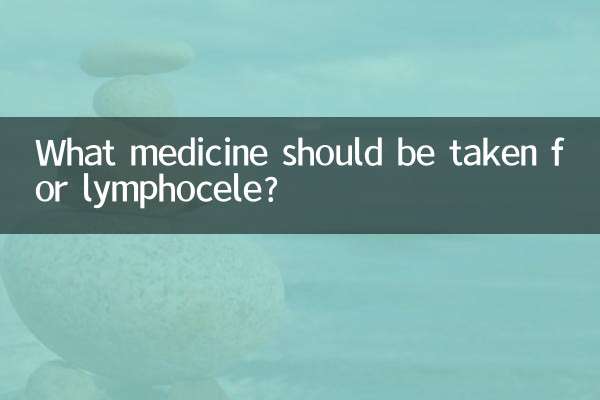What ointment to use for fungal athlete’s foot
Fungal athlete's foot (tinea pedis) is a common fungal infection of the skin that mostly occurs in moist areas such as between the toes and soles of the feet. Recent internet search data shows that the choice of ointments to treat fungal athlete’s foot has become a hot topic. This article will combine the hot content of the past 10 days to provide you with structured data and analysis to help you quickly find a suitable treatment plan.
1. Common symptoms of fungal athlete’s foot

Typical symptoms of fungal athlete’s foot include itching, peeling, redness, swelling, blisters, and odor. If not treated in time, it may cause secondary infection or spread to other areas.
| Symptom type | Performance characteristics | High incidence areas |
|---|---|---|
| intermittent type | White skin, erosion, exudation | toe gap |
| vesicular type | clusters or scattered small blisters | Arch, edge of foot |
| Squamous keratosis | Dryness, scaling, and chappedness | heel, sole |
2. Ranking of the most popular antifungal ointments on the Internet
Based on e-commerce platform sales, social media discussion popularity and professional doctor recommendations in the past 10 days, the following list of popular ointments has been compiled:
| Ointment name | Main ingredients | Treatment cycle | Applicable type | heat index |
|---|---|---|---|---|
| Darkening Cream | Miconazole Nitrate | 2-4 weeks | Various types of athlete's foot | ★★★★★ |
| Lamisil Cream | Terbinafine | 1-2 weeks | vesicular/scaly type | ★★★★☆ |
| Jindaknin | Ketoconazole | 3-4 weeks | Stubborn athlete's foot | ★★★★ |
| Brightening cream | bifonazole | 2-3 weeks | intertriginous athlete's foot | ★★★☆ |
3. Things to note when choosing ointment
1.Selecting the right medicine:For blisters, it is recommended to use an ointment containing terbinafine, while for scaly types, urea with stronger penetration and antifungal ingredients can be used.
2.Drug resistance issues:Long-term use of a single ingredient may lead to drug resistance, and drugs with different mechanisms (such as azoles and allylamines) can be used interchangeably.
3.Combination medication:Severe infections require oral medications (such as itraconazole), but doctor's advice is required.
| Complications | Recommended combination of medications | Things to note |
|---|---|---|
| bacterial infection | Antibiotic ointment (such as mupirocin) | Antibacterial first, then antifungal |
| severe itching | Glucocorticoid-containing ointments | Use no more than 1 week |
4. Discussion of recent hot treatment options
1.Verification of Internet celebrity folk remedies:The "White Vinegar Foot Soaking Method" that has been popular on Douyin recently, professional doctors point out that it can only temporarily change the pH value of the skin and cannot cure fungi.
2.Popular new dosage forms:Spray-based antifungals (such as Jilin Spray) have become the new favorite because of their ease of use, but ointments still have better long-lasting effects.
3.Key points to prevent recurrence:Hot search data shows that 80% of recurrences are related to improper handling of shoes and socks. It is recommended to treat shoes and socks with antifungal spray.
5. Frequently Asked Questions about Medication
Q: Can the medication be stopped immediately after the symptoms disappear?
A: No! The fungus survives in the deep layers of the skin. It is recommended to continue taking the medication for 1-2 weeks after the symptoms disappear.
Q: What antifungal ointments can pregnant women use?
A: The relatively safe one is clotrimazole. Avoid using oral antifungals.
Q: What are the differences between medications for children’s athlete’s foot?
A: It is recommended to choose a bifonazole preparation that is less irritating and avoid using it on a large area.
Summary:To treat fungal athlete's foot, you need to insist on using foot therapy. It is recommended to choose products with regular drug brands. If no improvement is seen within 2 weeks, you should promptly seek medical attention for fungal microscopy. Keeping feet dry and disinfecting shoes and socks is more important than simply using medication. This is the focus of prevention and treatment emphasized by recent professional science.

check the details

check the details